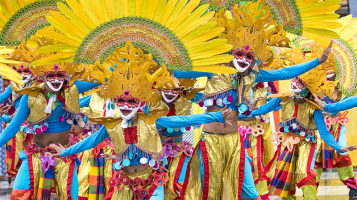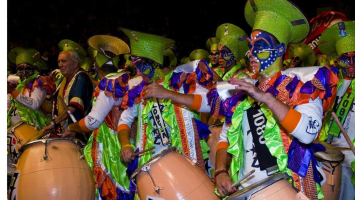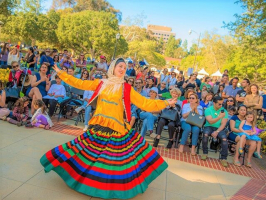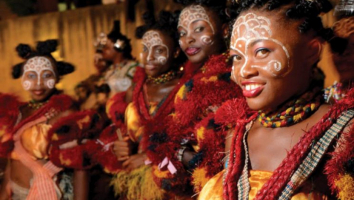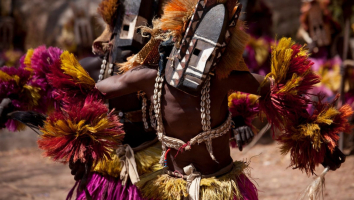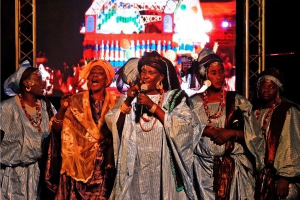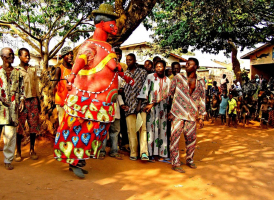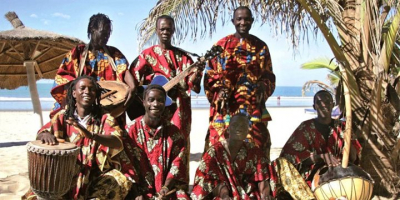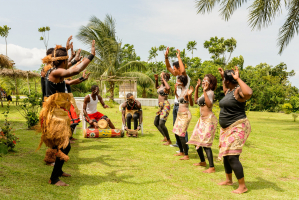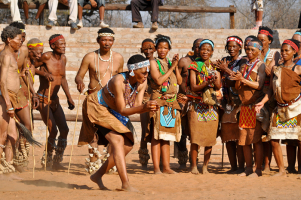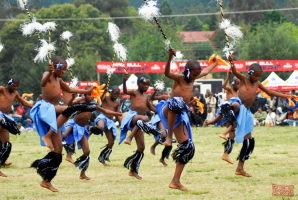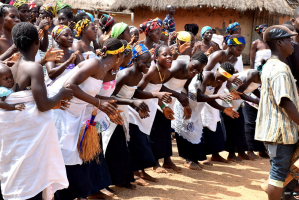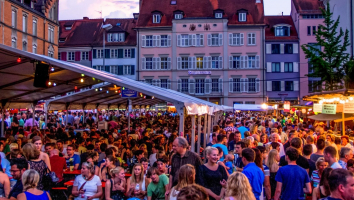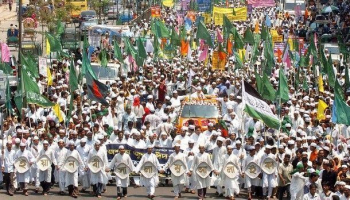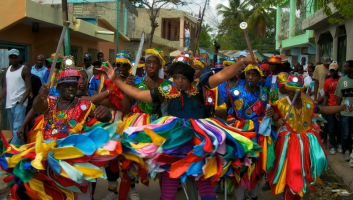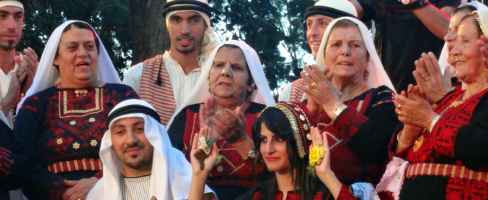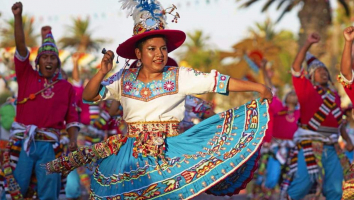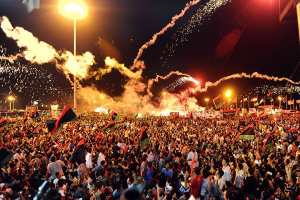Top 8 Most Famous Festivals in El Salvador
As Central America's smallest and most populous country, El Salvador has a large number of festive days, marked by colorful performances and popular parades ... read more...across the country. The 8 festivals listed below are the most famous festivals in El Salvador.
-
The first one of the 8 most famous festivals in El Salvador that Toplist would like to introduce to you is Holy Week. Holy Week is the most important holiday in Central America. It is known as Semana Santa in Spanish-speaking communities and is widely celebrated in Latin America. It is a religious festival that takes place during the Easter season. It usually starts the week before Easter (Palm Sunday) and lasts until Easter Sunday. The Easter season commemorates the death and resurrection of Jesus Christ, the country's patron saint.
On Good Friday, two carnival-like processions kick off the festival. The first is held in the morning to represent Jesus' walk to Golgotha, while the second is held in the evening after teenagers have created 'alfrombras.' Alfrombras are images of the events surrounding Jesus Christ's death and resurrection created on the streets' floors with colorful salt and sawdust. During the procession, people walk on these images. During the procession, candles represent light, wooden representations of what happened around the time of Christ's death (stations of the cross), and images of Christ on the cross are also carried. The second procession commemorates Jesus Christ's crucifixion. On Saturday, there is a Vigil mass, and the fire is kept burning in the hope that Christ will rise again. The festival concludes on Easter Sunday, known as Pascua, with a procession and mass to commemorate Jesus Christ's resurrection.
People fast, pray, give alms, and avoid foods containing blood, such as meat, during Lent (the Holy Month of Catholics), known as Cuaresma in Spanish. Instead, seafood such as fish and prawns is consumed. While in El Salvador, try seafood soups, hot corn-flour tortillas, and honey-sweetened French toast known as Torejas. Following the Sunday mass, a feast is usually held in some homes. Because Easter Sunday marks the end of Lent, it is permissible to eat meat during this feast.
Holy Week is celebrated in many cities throughout El Salvador, but Izalco and Sonsonate go above and beyond. The procession begins in Izalco, a town south of San Salvador, at the 16th century Nuestra Seora de la Asuncion Church. Images of religious icons are lifted in an incense cloud at the church. During the festival, the streets of Sonsonate, El Salvador's fourth-largest city, are decorated with flower carpets and colorful sawdust. In addition to the procession, the locals also perform performance arts. As a result, it is a religious festival with a touch of culture.
It is not necessary to be religious to enjoy this festival. On Good Friday, you can join the teenagers in making the Alfrombras. After the mass on Sunday, you can visit El Salvador's famous beaches and surf spots. So, if you're considering where to spend your next Easter vacation, the Holy Week festival in El Salvador should be at the top of your list.
Takes place: March or April
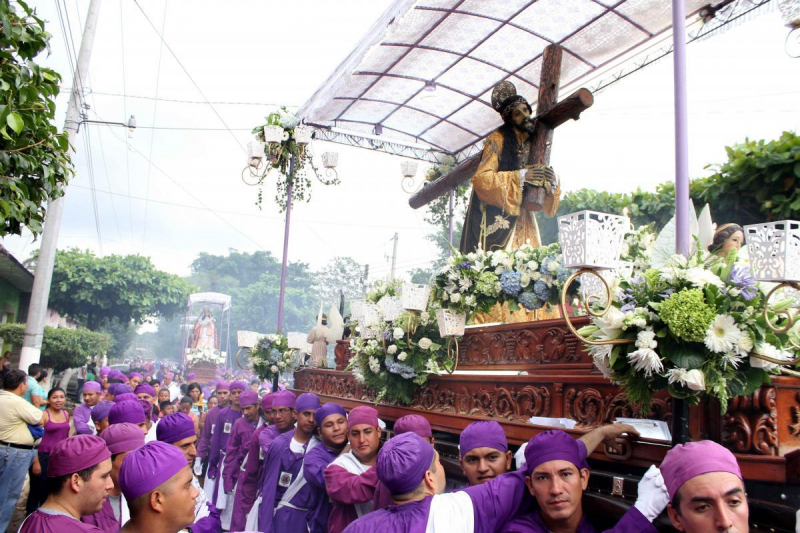
catholicsandcultures.org 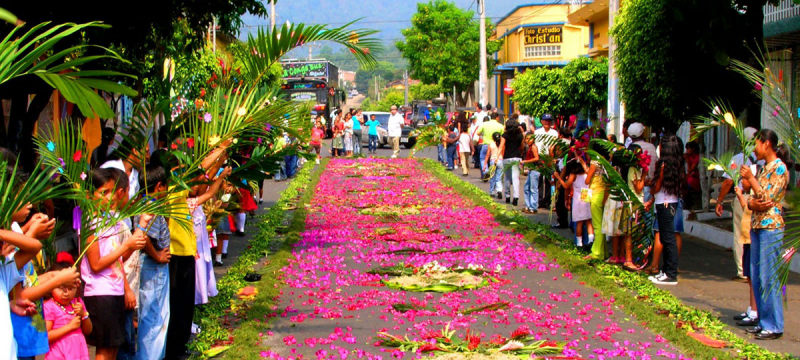
pure.tours -
The Balls of Fire Festival, also known as Las Bolas del Fuego, is a traditional Nejapa festival. Nejapa is a small town located to the north of San Salvador. Every year in late August, usually on August 31st, this festival takes place.
This festival, which began ninety years ago, commemorates the eruption of the nearby Volcán El Playan in 1922. The eruption of the volcano destroyed Nejapa. According to Nejapa legend, when this historic eruption occurred, causing lava to rain on the land, San Jeronimo, Nejapa's patron saint, fought back just enough for locals to evacuate the area.
This festival's main attraction is fire throwing. It's similar to snowball fights with fireballs. Young men throw flaming kerosene-soaked rag and wire balls at each other and the audience. The young men dress in costumes that include thick clothes with skeleton painting and gardening gloves. To avoid getting burned, the costumes are soaked in water. During the fire throwing, their faces are covered with war paint or masks. According to legend, San Jeronimo fought and defeated the devil with fire balls emitted by the volcano following the eruption. So, in imitation of the fight between San Jeronimo and the demon, young men divide themselves into good and evil groups. There is no winner or loser in this fight. In some cases, spectators are permitted to hold Fireballs. Tourists have described it as an up-close look at an organized riot. People dance around bonfires on the streets until dawn at the conclusion of the fire throwing event. This festival is for you if you enjoy colorful displays, bonfires, and adventure. Unlike other festivals, this one lasts only one day, but the experience is unforgettable.
Address: Nejapa, El Salvador
Takes place: August 31
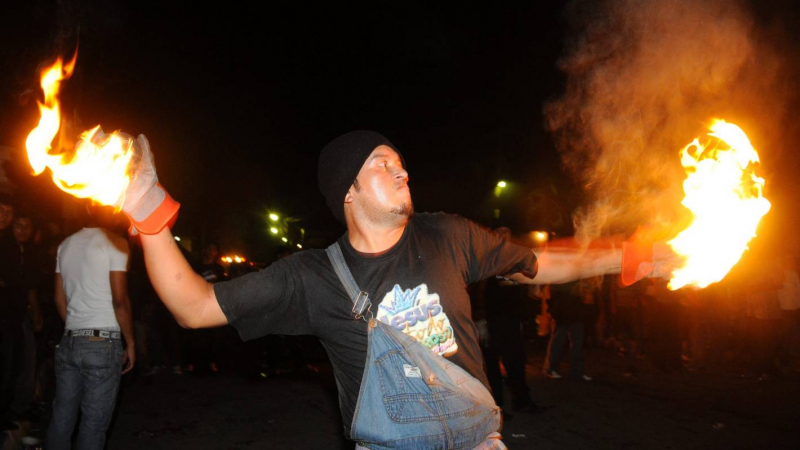
stuff.co.nz Video: JMRAFFi's Youtube Channel -
San Miguel Carnival is one of El Salvador's most important celebrations. The Carnavales de San Miguel is a floating show that commemorates San Miguel's patron saint festivities. Although the San Miguel carnivals take place in November, the festivities begin a month earlier, with small events known as "carnavalitos" held in various San Miguel neighborhoods. The San Miguel Carnival is among the most famous festivals in El Salvador.
The election of the Carnival Queen is one of the most anticipated events in the San Miguel Carnival, which consists of a 6-hour gala. The main celebrations last about a week, with the weekend being the most exciting because it is when the carrozas, dancers, and musicians take to the streets of the town to celebrate to the fullest.
Every year in the last week of December, the San Miguel Carnival is held. The San Miguel Carnival will take place on or around November 27th.
San Miguel's carnival takes place in November, but celebrations begin a month before in the city's streets. Local neighborhoods and barrios host events such as concerts, parades, mechanical games, food fairs, and alcoholic beverages during that month. Similarly, the Carnival Queen is chosen, and her ceremony and election are one of the most important events during the carnivals. In addition, small parades and shows known as "Carnavalitos" are held in San Miguel's various neighborhoods.
The main parades take place on the last weekend of the month, with around 200 allegorical floats and hundreds of dancers and musical bands brightening up the streets of San Miguel. Because of the carnival's importance, there are also live music events in which national and international artists participate. Furthermore, different food stands are distributed along the streets, as well as musical orchestras, bands, and artists who create small pieces for people to enjoy the entertainment.
Similarly, during the carnival celebrations, respect is paid to the dominant religion, as religious ceremonies with live music and various shows are held in the town on November 20 in honor of the Virgin of Peace.
Address: San Miguel, El Salvador
Takes place: November
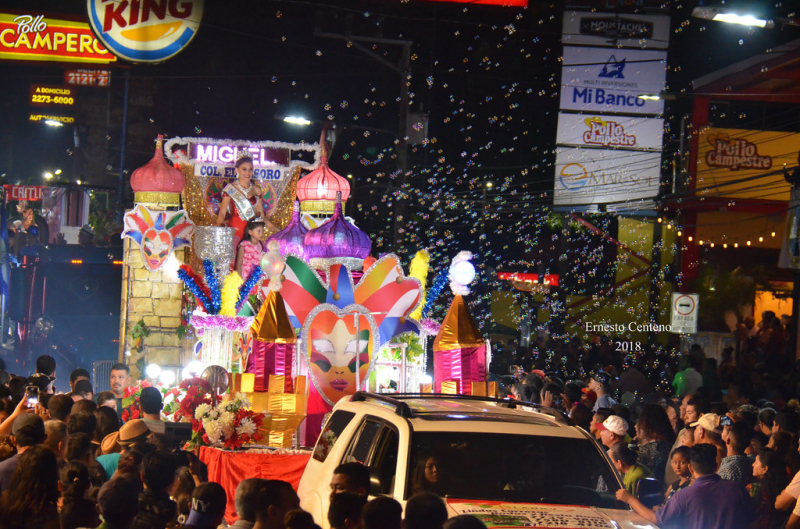
flickr.com 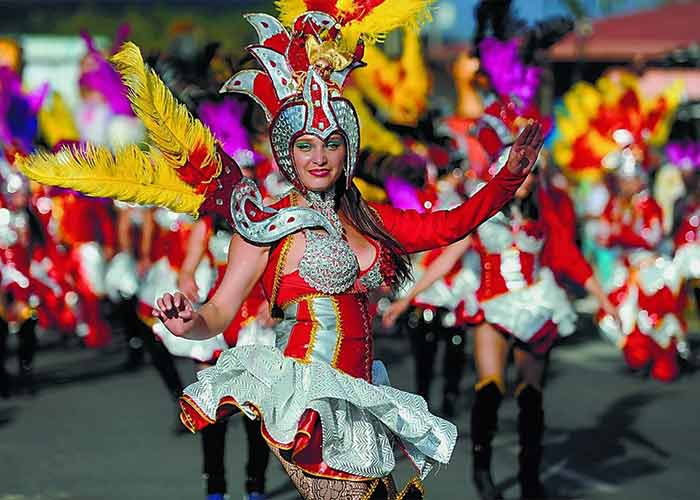
bestcarnivals.org -
The July Festivities in Santa Ana, El Salvador, take place every year from the 17th to the 27th of July. The July celebrations honor the city's patron saint, "Our Lady of Santa Ana". The Santa Ana July celebrations have become one of El Salvador's most important traditions. Visitors can enjoy mechanical games, parades, live music, dances, and a variety of traditional religious events during these days. Visitors can also sample the local cuisine, sample the local sweets, sip a cup of locally grown coffee, and shop for local crafts.
The traditional post office parade, or Desfile de Correos in Spanish, kicks off the July festivities. This brightly colored event is one of the most anticipated. The July celebrations in Santa Ana culminate with a procession in honor of Our Lady of Santa ANA. This procession travels through the city's main streets.
The festivities began around the beginning of the 17th century. The festival's celebratory days have also grown in length over time; they now run from July 17th to the 26th.
Although the Santa Ana celebrations are primarily religious in nature, there are numerous activities for non-religious people who wish to participate. The local government organizes various parades, musical events, dances, and other cultural activities for visitors to enjoy. The cathedral of Santa Ana and the city's downtown area with its historic buildings are two places to visit in July. The main activities and religious events remain constant; however, other enjoyable activities vary from year to year.
Address: Santa Ana, El Salvador
Takes place: mid-July
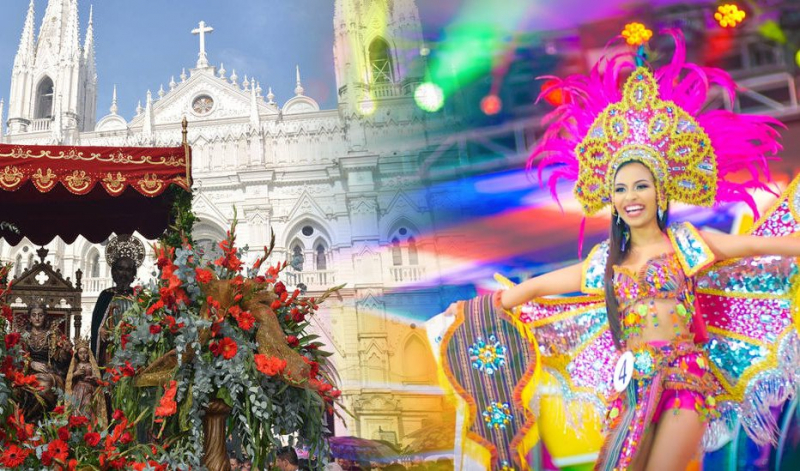
elsalvadorbrightness.blogspot.com 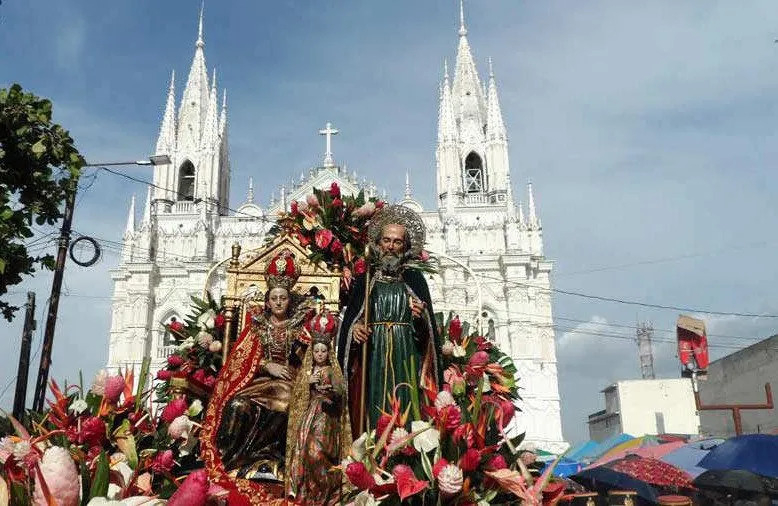
elsalvadorbrightness.blogspot.com -
The fifth one of the 8 most famous festivals in El Salvador that Toplist would like to introduce to you is Day of the Race. El Salvador's Day of the Race is a traditional celebration commemorating the meeting of two distinct cultures: indigenous culture and Spanish culture. All of this is in reference to Cristóbal Colón's "discovery of America" on October 12, 1492. Spain gained many riches as a result of the discovery of this new world, and it was also proud to change all of the geographical knowledge that existed at the time.
The legend goes that Cristobal Colón returned to Spain with news of discovering lands unknown on the other side of the ocean. On his return, he wore gold and samples of plants and animals that were unknown in Europe at the time, as well as to various indigenous peoples who had been captured on the exposed Islands.
While Columbus Day is not a national holiday in El Salvador, it is celebrated in some areas of the country with cultural events such as traditional or indigenous dances. It is observed as a day to remember the forefathers who once lived in these lands. The University of El Salvador has a tradition of commemorating the memory of our country's peoples through songs and rituals. Argentina, the Bahamas, Belize, Bolivia, Chile, Colombia, Costa Rica, Cuba, the Dominican Republic, Ecuador, Spain, Honduras, Mexico, Nicaragua, Peru, Uruguay, and Venezuela all observe Race Day.
Address: El Salvador
Takes place: October 12
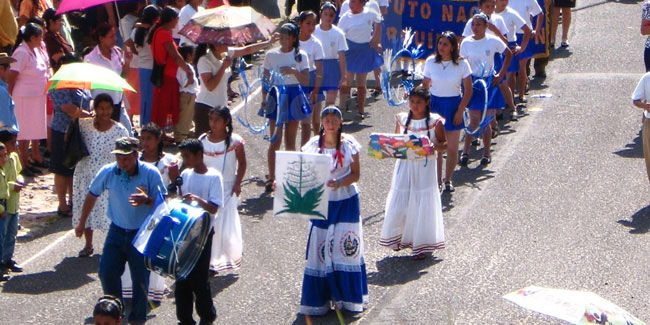
zip06.com 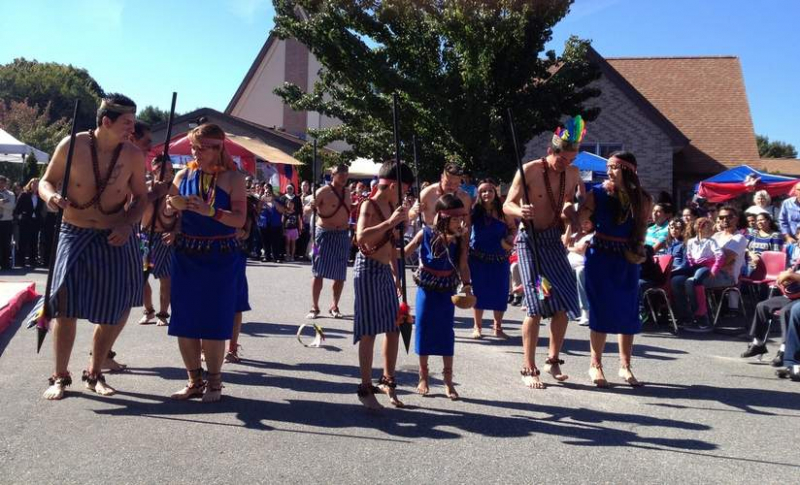
zip06.com -
The Panchimalco Festival of Flowers and Palms is held every year on the first weekend of May, coinciding with the arrival of El Salvador's rainy season. This festival is a mash-up of Catholic Christian traditions and pre-Columbian customs. During this colorful weekend, the town of Panchimalco comes alive with decorations inspired by the fusion of Spanish and Indigenous cultures.
Every year, hundreds of people from all over the country and other countries attend this event. This is a religious festival in honor of the Virgin Mary; for many visitors, it is a celebration of tradition and faith. Visitors who come for the spiritual aspects should not miss the procession of flowers and palms, as well as the mass in honor of the Virgin Mary. During the procession, residents and visitors display their colorful, flower-adorned coconut palms. Even if you are not religious, it is a beautiful display that should be seen.
This weekend event does not require you to be spiritual or religious. Other activities include dances, live music, the launching of handmade balloons, the burning of gunpowder, local gastronomy, and many others.
Another appealing aspect of this festival is that it takes place in the small Pre-Columbian town of Panchimalco, which is not far from San Salvador, the nation's capital. You can enjoy all aspects of this festival on a day trip; however, it is preferable to find local accommodations and not miss the night activities. Panchimalco dates from the 16th century, and historians believe it was here that the Pipil Indians fled during the Spanish takeover of San Salvador. The Pipil Indians intermarried with the existing Mayan population of Panchimalco. Panchimalco is a lovely colonial town that has kept many pre-Columbian traditions alive. By the way, the Panchimalco church is the country's oldest.
This vibrant festival is one of the most iconic celebrations of Salvadoran folklore. During the festival, the colors and traditions that define this community and its inhabitants are on full display. The thousand multicolored flowers that adorn the palms where honors to the Virgen are paid are a sight to behold. If you haven't been to the small town of Panchimalco, you should definitely go; but go during the flowers and palms festival. It will be a more enjoyable experience.
Address: Panchimalco, El Salvador
Takes place: May
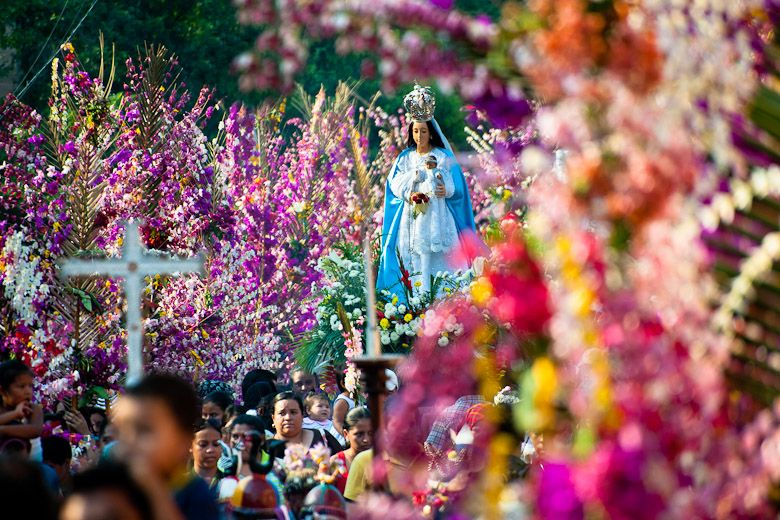
pinterest.com 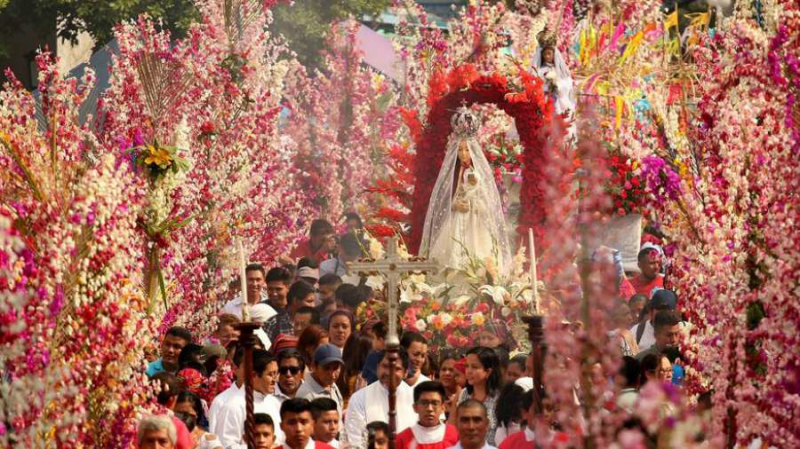
twitter.com -
The next one in the 8 most famous festivals in El Salvador that Toplist would like to introduce to you is Independence Day. This is El Salvador's National Day, which is always celebrated on September 15th. It commemorates the Central American provinces' independence from Spanish rule in 1821.
In 1522, the Spanish Admiral Andrés Niño led an expedition to Central America. At the mouth of the Lempa River, he discovered Jiquilisco Bay. This was the first documented European visit to what is now Salvadoran territory. Several years later, Spanish Conquistadors led by Pedro de Alvarado and his brother Gonzalo arrived in what is now El Salvador. They were disappointed to discover that the area was not rich in gold, but they did notice the high quality of its soil. The indigenous people resisted the Spanish with vigour, and it wasn't until 1525 that the area was finally taken over by the Spaniards.
El Salvador became a province of the Kingdom of Guatemala in 1609, along with Costa Rica, Nicaragua, El Salvador, El Salvador and Guatemala, and the Mexican state of Chiapas. Spain had been weakened by its involvement in Europe's Peninsular War, and local juntas had been formed in response to local Spanish revolts against the rule of King Joseph, Napoleon's brother who had been installed as ruler of Spain by the French.
This desire for self-rule was palpable in El Salvador. In El Salvador, the 1811 Independence Movement became known as the Primer Grito de Independencia (the First shout of Independence). The Province of Guatemala declared Central America's Act of Independence on September 15, 1821. Following independence, and despite El Salvador's opposition, the regions became part of the Mexican Empire until 1823, when they ceded to form the Federal Republic of Central America.
Independence Day parades in El Salvador are traditionally led by a procession of cars decorated with flags from the other four Central American countries that also commemorate this historic anniversary in a show of solidarity with the nations that share its Centro Americana identity.
Salvadoran student bands practice for months in advance for these grand parades, and on the day of celebration, families prepare pupusas—hand-made corn tortillas filled with local ingredients and topped with tomato sauce and cabbage salad.
Address: El Salvador
Takes place: September 15
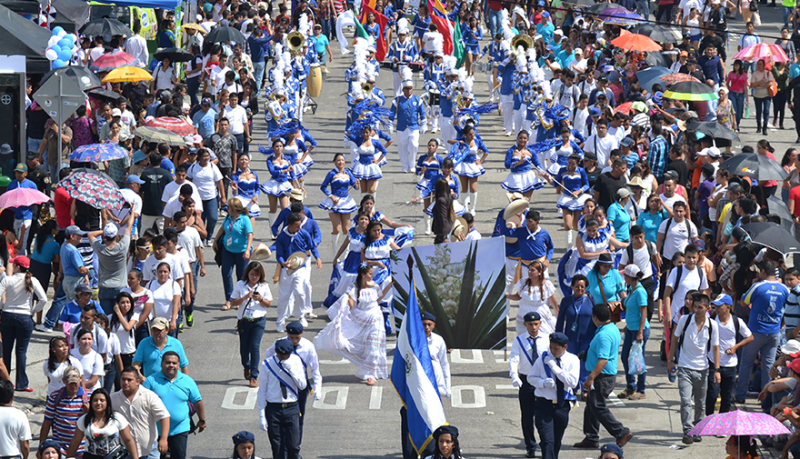
devacaciones.elmundo.sv 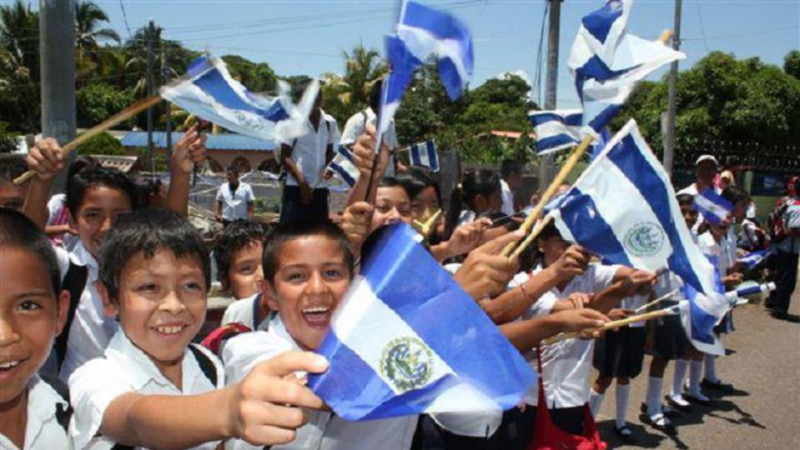
noticias.laiglesiadejesucristo.org -
The August festival, also known as Fiestas Agostinas, is one of the festivals that people from all over the world look forward to each year. This festival has its origins in 1525, when San Salvador was founded. San Salvador translates as "Holy Savior." The August festival is unquestionably one of El Salvador's most popular.
The Fiestas Agostinas in San Salvador begin with the celebration of the patron saint of San Salvador, The Divino Salvador del Mundo (the divine savior of the world). Religious processions, sporting events such as soccer tournaments, parades, good food such as the traditional Pupusa (thick handmade corn flour or rice flour tortillas stuffed with cheese), major concerts, open air parties, street dancers and floats, a beauty contest, a large fair, and an art exhibition are all held in celebration of the festival. Religious ceremonies are held in front of the National Cathedral. La Bajada, which means "the descent," is the most notable religious activity. This entails lowering a paraded-through-the-streets sculpted image of Jesus Christ into a wooden shell. The purple robe that adorned the image is removed after it is lowered into the shell, and the sculpted image emerges in a white robe. This activity is a representation of Jesus Christ's transfiguration. Fiestas Agostinas is completed by the feast of Jesus Christ's transfiguration, which takes place in homes or in groups outside the home.
It occurs during the summer, which is El Salvador's wet season. Fiestas Agostinas are held in every city throughout the country during the first week of August, from August 1st to August 6th. It is usually at its peak in San Salvador. During the festival, a marching band wakes the city up at 4 a.m. The day's activities begin immediately following the marching band. This jam-packed one-week event will undoubtedly be entertaining and should not be missed. If you want to fully immerse yourself in El Salvadoran culture, book a ticket to El Salvador this August to attend this festival, and you will not be disappointed.
Address: San Salvador, El Salvador
Takes place: August
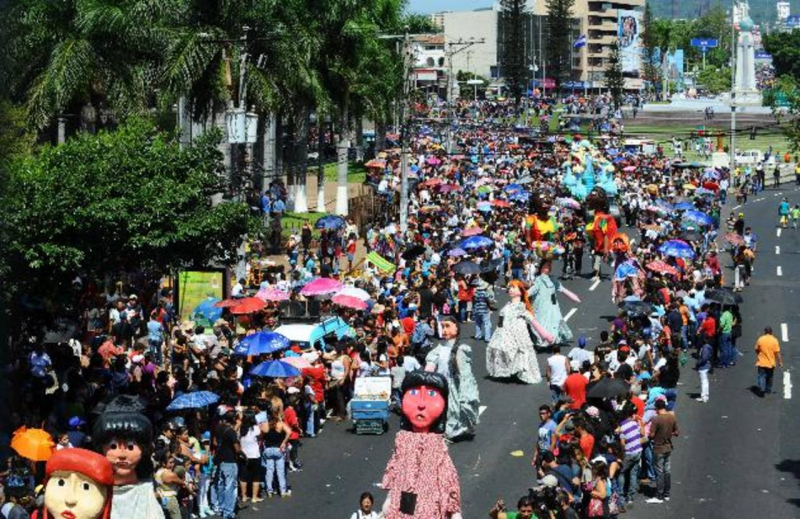
elsalvador.com 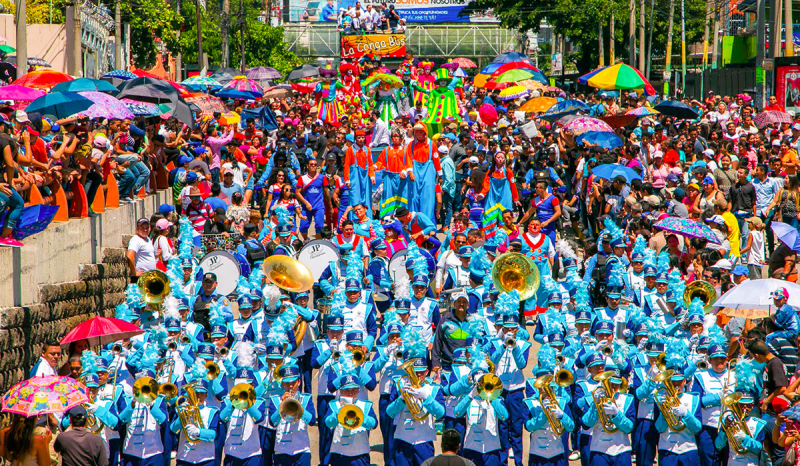
porttada.com










